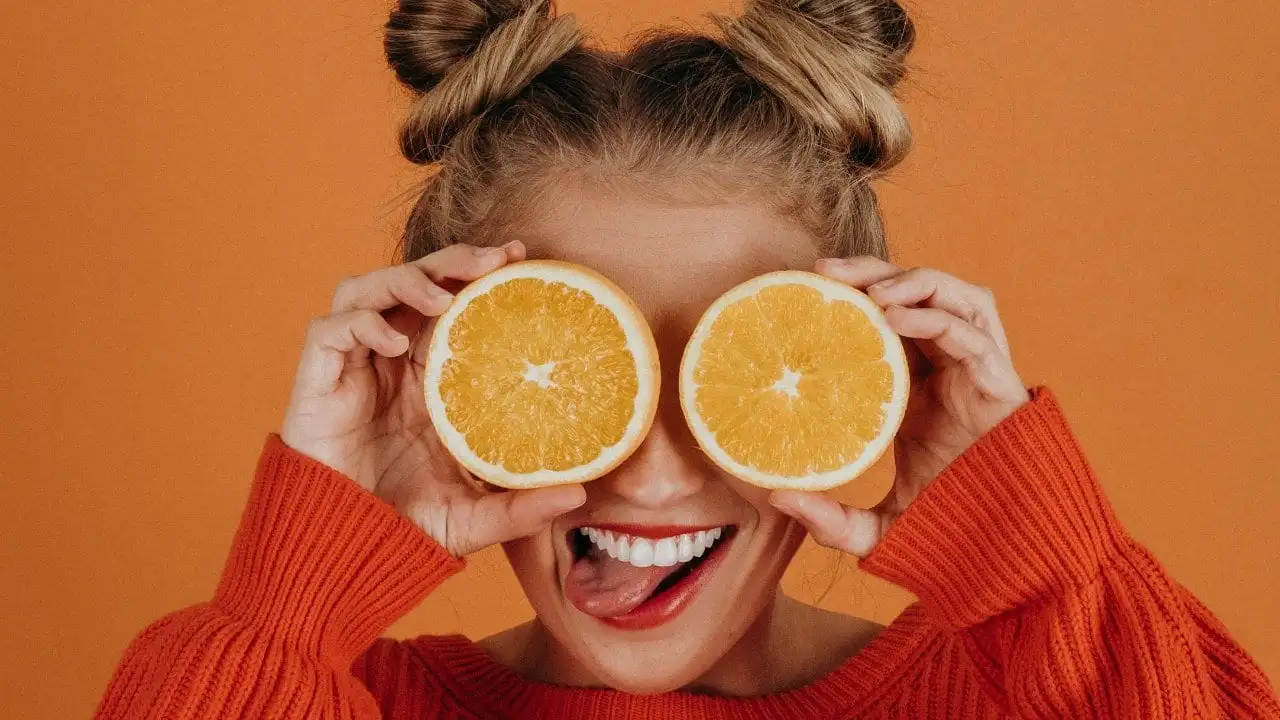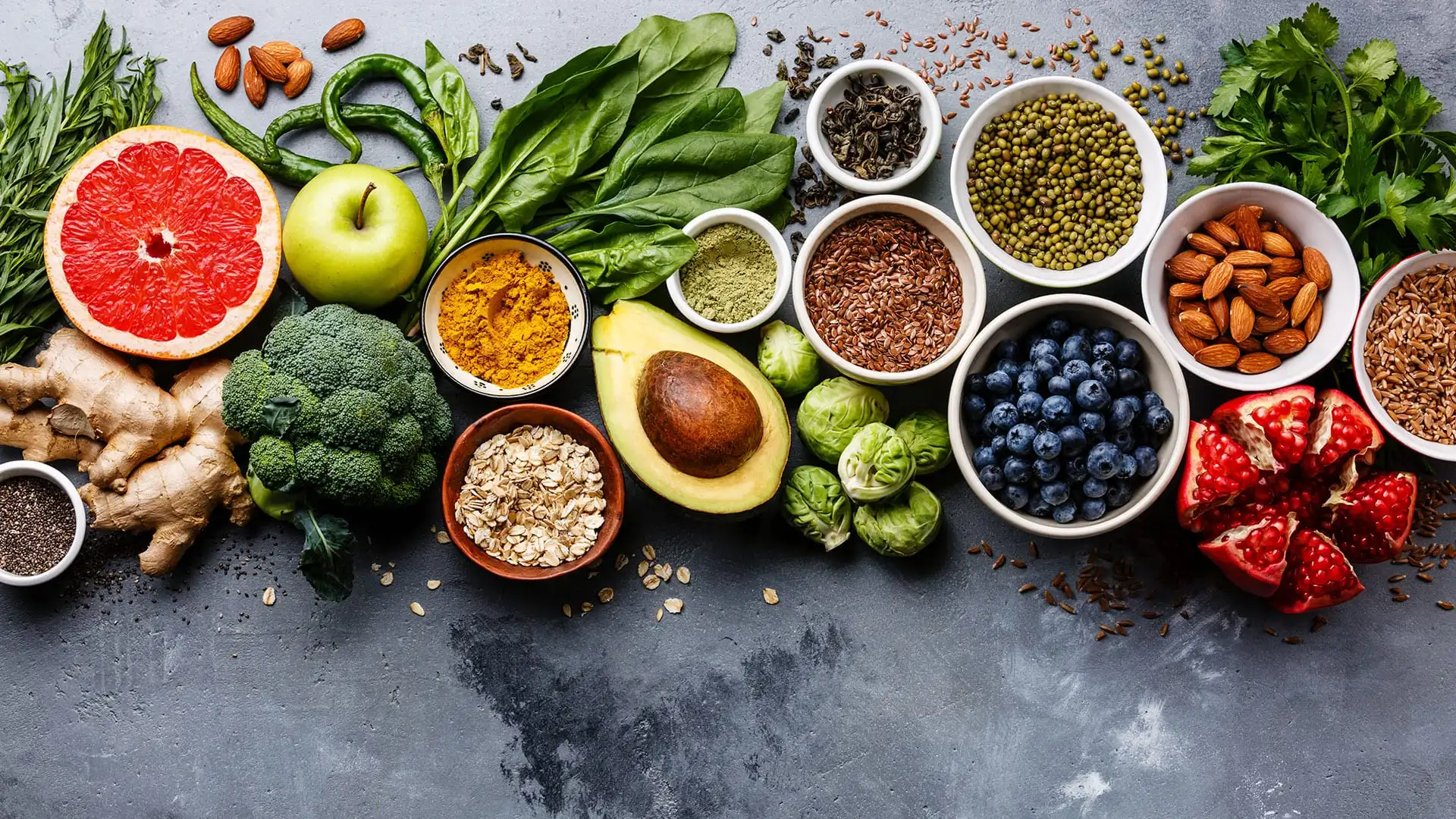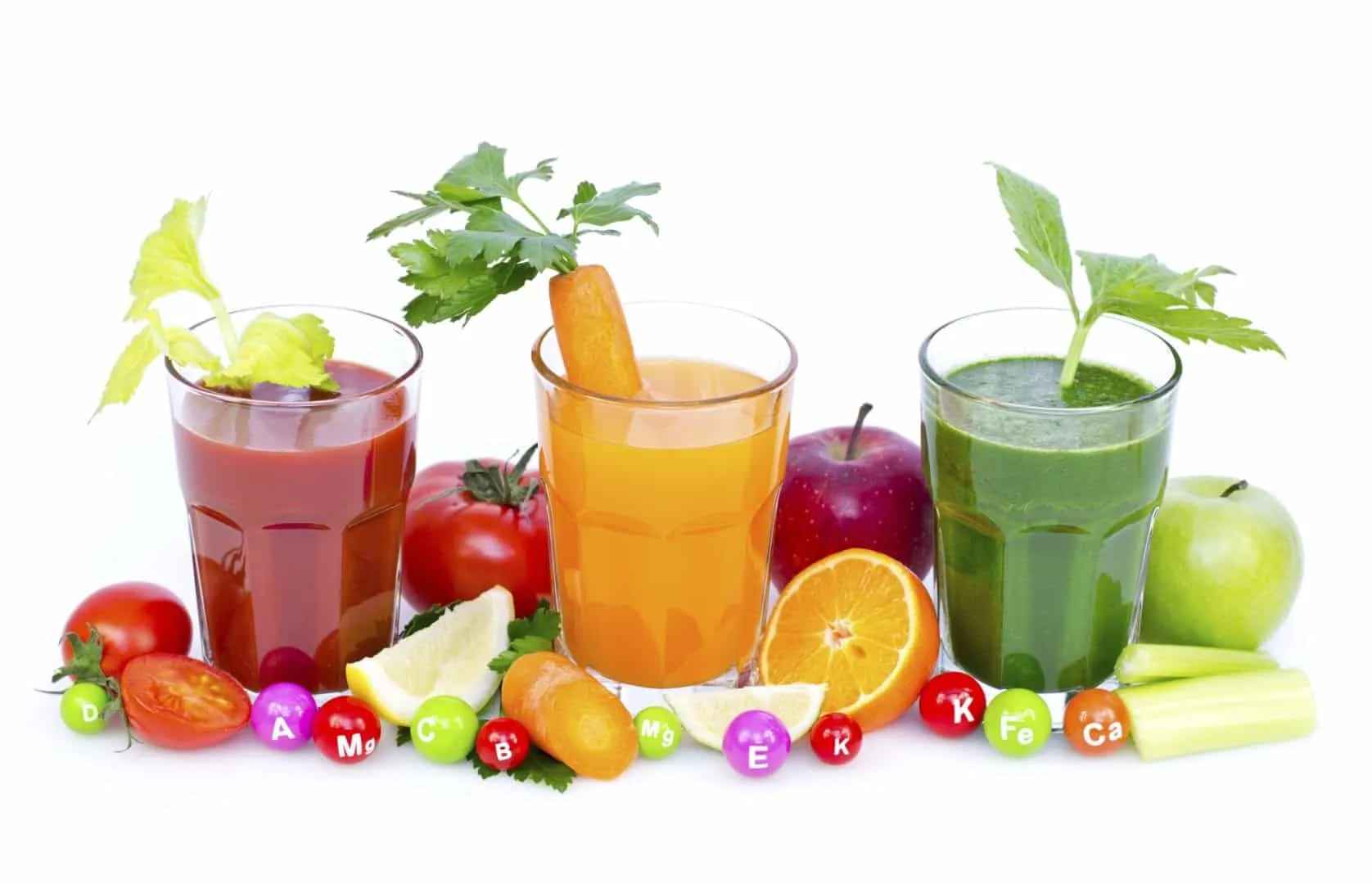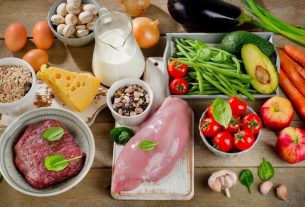Antioxidants can be found in various types of foods, creams and moisturizers. And they have many components that help maintain health.
Firstly, vitamin C is considered essential in the skin care routine, in addition to cleansing, hydration and protection. It has antioxidant power, which prevents many problems, such as premature skin aging. Finally, among the benefits for the face is the oxidizing action, which inhibits free radical damage, which enhances the action of the sunscreen.
It also helps to lighten the skin, making it more luminous, as it has an inhibitory action that forms melanin, preventing blemishes from appearing. It also helps in the formation of new collagen fibers, and prevents the formation of wrinkles, expression lines and sagging. To enhance, combine vitamin C with another antioxidant, vitamin E.
It strengthens cell immunity, minimizing the formation of wrinkles and dry skin. It can also be mixed with hyaluronic acid, focusing on rejuvenation, in addition to salicylic acid that optimizes oil treatment. Bet on assets that contain a serum texture, which is light, fluid and has no greasy residue, in addition to working well with any skin type.
What are antioxidants?

They are molecules that neutralize free radicals, unstable atoms or molecules that are responsible for cell oxidation. They are extremely important if you want to prevent skin aging. However, they also prevent cells from being attacked and injured. In addition to repairing damage caused as a result of these molecules.
There are two types of antioxidants, enzymatic and non-enzymatic. Enzymatic ones are produced naturally by the skin, while non-enzymatic ones are, for example, vitamins C, E, beta-carotene and flavonoids. They combat skin aging, and protect against pollution, infrared radiation and photosensitivity. They are found in some foods.
The body also needs antioxidant care. As far as moisturizers and serums are concerned, they are great and have innovative technology, reducing cellulite, localized fat, skin firmness, dryness and premature aging. In addition to being anti-inflammatory.
Consume foods that are rich in antioxidants

Antioxidant food is essential for health. Citrus fruits protect the skin against damage caused by exposure to solar radiation. Vitamin E, which predominates in grains and oilseeds, thus prevents damage caused by free radicals that are associated with diseases such as arthritis or cataracts.
Certainly, having a healthy diet, with fruits and vegetables, will make your skin more beautiful and your body healthier. In this sense, responsible for eliminating free radicals from the body, flavonoids are capable of preventing cardiovascular diseases, and are found in grape juices and red wines.
Beta-carotene, present in yellow and orange foods, as well as dark vegetables, also act as antioxidants, which, therefore, protect cells from the harmful effects of free radicals.
Myths and truths about antioxidants

After research carried out by researchers at New York University, in the United States, they concluded that eating olive oil, fish, fruits and vegetables act as a shield against the effects of pollution. Check out some myths and truths about antioxidants below:
- The more oxidant, the better is a myth
Consuming too many oxidants poses a risk of toxicity and other problems, such as kidney stones.
- Increasing your intake of fruits and vegetables is true
The World Health Organization recommends that 400 grams of vegetables and fruits be consumed per day. The more colorful the dish, the better. Purple tones mean anthocyanins. Red and orange pulps, however, are sources of carotenoids. Vegetables and fruits are sources of vitamins and minerals.
- Antioxidants do not cure diseases, it is a myth
It doesn’t cure, it just prevents. Maintaining good levels of substances in the diet and body helps reduce the risk of problems linked to aging, such as tumors. Broccoli, cauliflower, kale and Brussels sprouts are from the cruciferous group and contain bioactive compounds such as sulforaphane. It defends cells from toxins and neutralizes agents that are capable of causing DNA damage, which can lead to cancer.
- Saying that all antioxidants are the same is a myth
There are several differences between them, which have different affinities and structures. Vitamin E is fat-soluble and is compatible with cell membranes, which contain fat. Eventually, vitamin C is water-soluble, and is somewhat aqueous. Vegetables combine the production of phytochemicals.
- Talking to professionals about it is a good idea
This type of supplementation should be restricted to people who have nutrient deficits or high-intensity athletes. Although, not every athlete has to go beyond the menu. The greater the person’s conditioning, the more antioxidants will be manufactured to meet the demand.
- It is true that there are pro-oxidant ingredients
When vegetable intake is careful, bioactive compounds with antioxidant effects improve the ability to neutralize oxidative processes. Without a doubt, overindulgence in other foods has the opposite effect. When sugar consumption is high, trans fats and alcohol tip the scales towards oxidation. Therefore, it also contributes to inflammatory processes.
- It’s true that foods lose antioxidants when they’re cooked.
Depending on the type of food, some become even more available to the body when they pass through the fire. Carrots and tomatoes are best used after cooking, for example. The trick is to add oil to vegetables to optimize the body’s absorption, olive oil is great for this. Purple foods should be consumed raw. Anthocyanins are lost in heat. The same happens with citrus fruits.
- Antioxidants are not the key to a long life
Life expectancy is determined by a series of genetic and environmental factors. However, in addition to other habits, such as adequate intake of proteins, carbohydrates and fats. The list of foods consumed must contain fruits, vegetables, fish, lean meats, eggs, nuts, whole grains, among others. In addition, of course, to exercising, sleeping well and avoiding tobacco use and alcohol abuse.
- Not everything is a source of antioxidants
Even though there are several existing types, be very careful not to deceive yourself. Whole-grain juices and flours made with grape seeds are interesting, but the ideal is to consult experts before purchasing specific items. Because everything varies according to each profile.
- It is a myth to think that there are no contraindications to supplements
Supplements are welcome, as long as they are consumed in the right context. Start consuming once a healthcare professional determines everything is ok.
Examples

Check out some examples of foods with antioxidant power below:
Vitamin A: Mango, spinach, egg yolk, liver;
Vitamin C: Without a doubt orange, acerola, cashew, strawberry;
Vitamin E: Olive oil, nuts, avocado;
Selenium: Brazil nuts, chicken, beans, milk;
Zinc: Fish, seafood, cereals;
Beta-carotene: Carrot, pumpkin, papaya;
Lycopene: Guava, tomato, watermelon;
Anthocyanins: Jabuticaba, açaí, red cabbage;
Catechins: Green tea, cherry, pear;
Quercetins: Apple, onion, dark chocolate;
Resveratrol: Grape, red wine, peanuts;
Sulforaphane: Finally, broccoli, kale, cauliflower.
And then? Did you like the article? Also check out:
Sources: Dermaclub, Loja Adcos, Saúde April
Featured image: Nutritiva

Sign up for our newsletter and stay up to date with exclusive news
that can transform your routine!
Warning: Undefined array key "title" in /home/storelat/public_html/wp-content/plugins/link-whisper-premium/templates/frontend/related-posts.php on line 12
Warning: Undefined array key "title_tag" in /home/storelat/public_html/wp-content/plugins/link-whisper-premium/templates/frontend/related-posts.php on line 13




